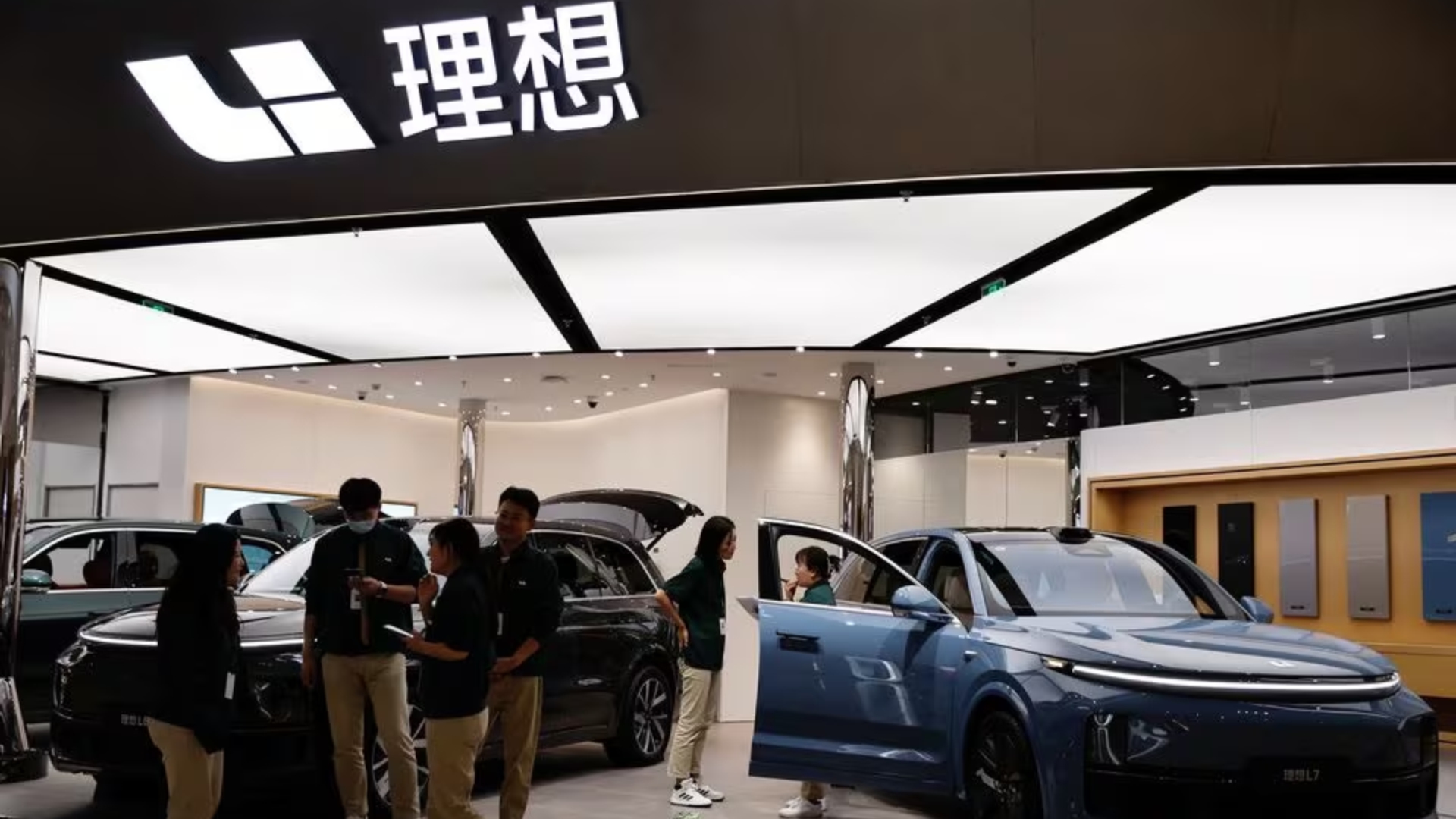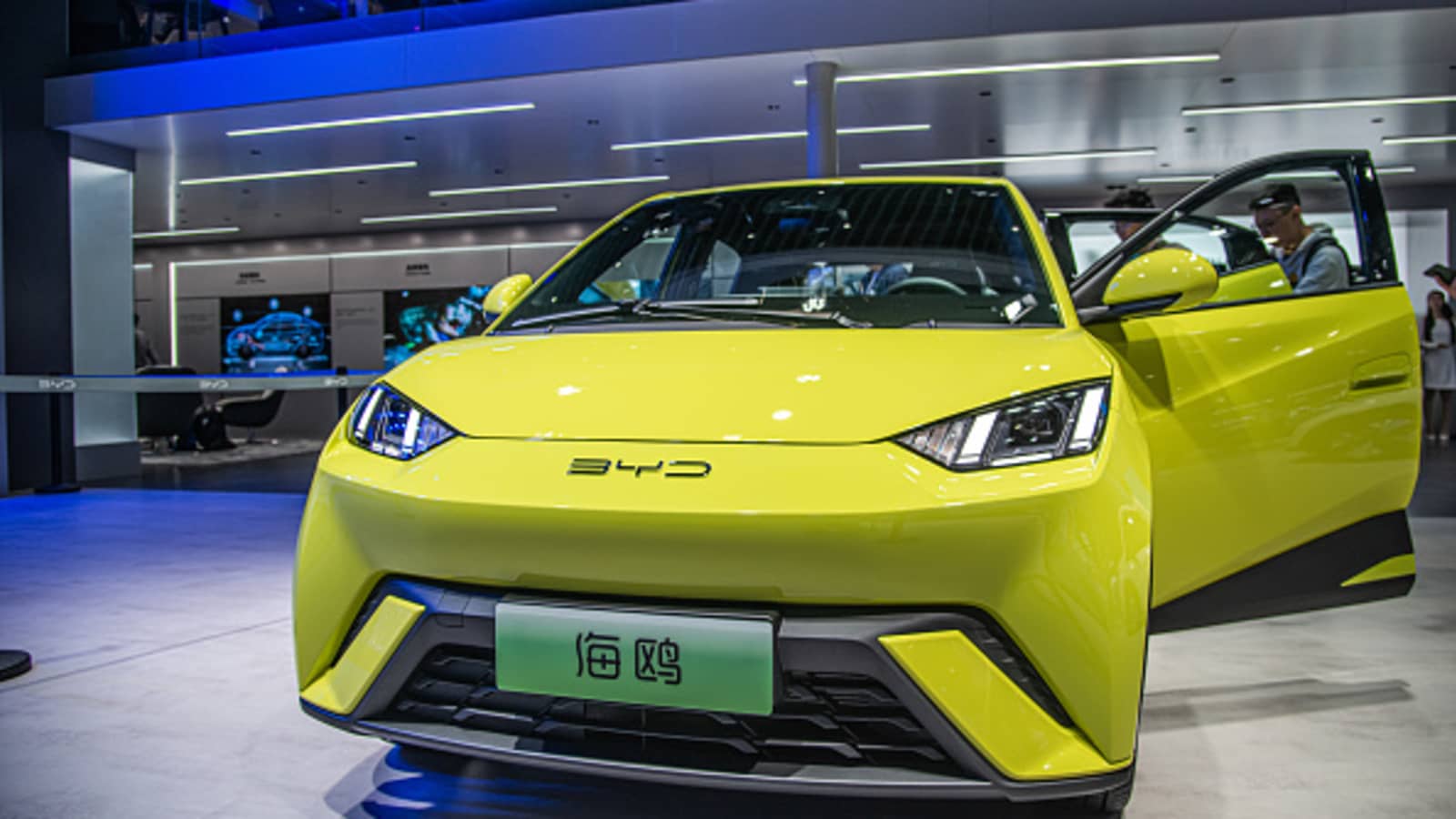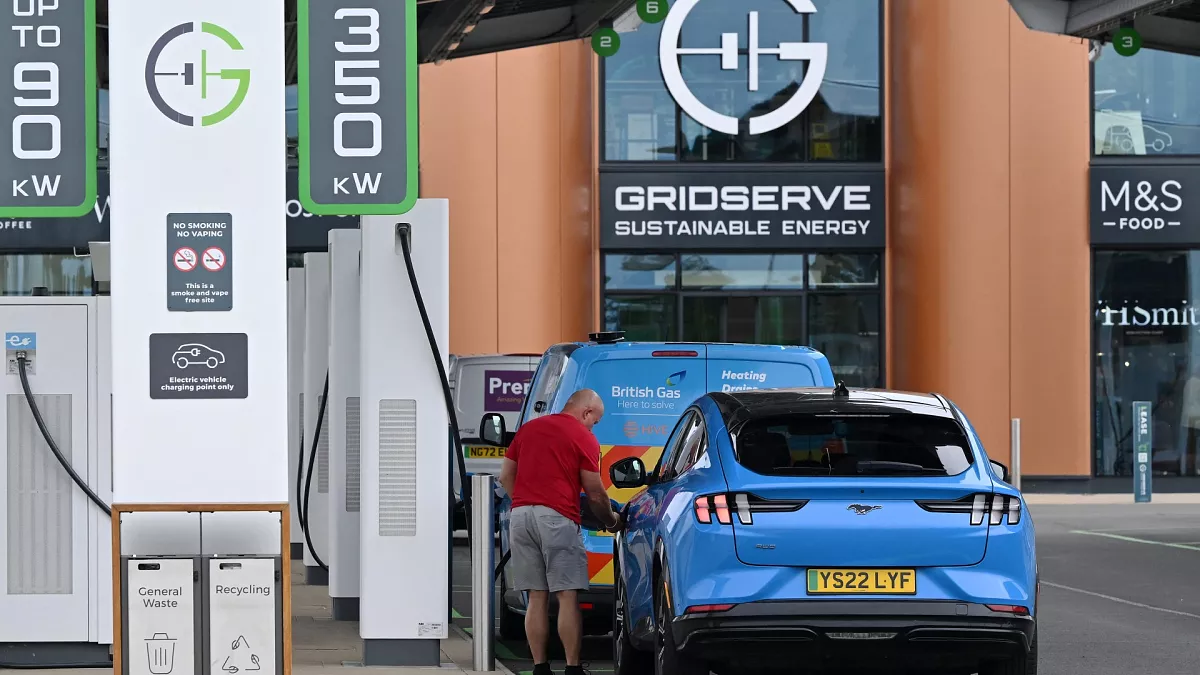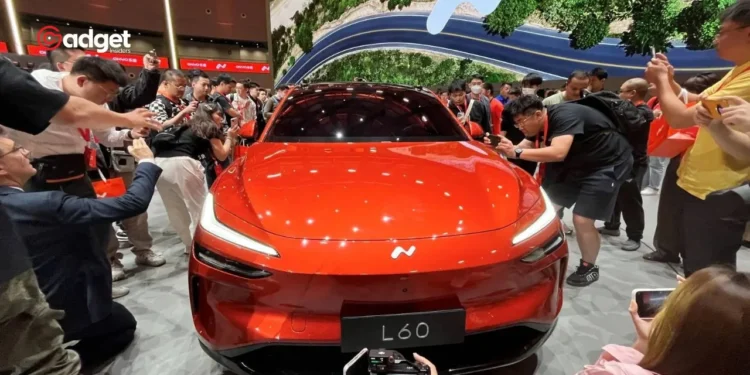In the bustling world of electric vehicles (EVs), China’s EV manufacturers are showing signs of financial strain as they now require significantly longer to settle their debts compared to their American counterpart, Tesla Inc. This slowdown in payment speed is an emerging concern and a clear indicator of the underlying tensions in China’s fiercely competitive auto industry.

Slowing Down: A Payment Crisis Among EV Makers
Recent data has highlighted a worrying trend among some of China’s prominent electric-car makers like Nio Inc. and Xpeng Inc. According to a report compiled by Bloomberg, Nio was taking about 295 days to clear its dues to suppliers at the end of 2023, a sharp increase from 197 days in 2021. Xpeng also showed a similar pattern, with payment durations stretching from 179 days to 221 days within the same period.
Contrastingly, Tesla Inc., led by Elon Musk, maintained a relatively stable payment cycle of approximately 101 days, underscoring a stark efficiency gap between the two regions’ EV producers.

Economic Pressures and Market Saturation
The root of these elongated payment schedules lies in the broader economic challenges facing China. With the nation experiencing sluggish economic growth and dampened consumer enthusiasm, demand for electric vehicles has waned. The once-booming market is now plagued by severe price competition and diminishing profit margins.
The phasing out of a national subsidy program for EVs in 2022 has particularly squeezed smaller manufacturers. Companies like WM Motors have sought restructuring solutions, while others like Human Horizons Group Inc., the parent company of the premium EV brand HiPhi, have paused operations for extended periods.
Jochen Siebert, managing director at JSC Automotive, expressed his concerns, noting, “Everybody’s suffering. For manufacturers, price reductions mean less money coming in. So the money they owe to their suppliers may be necessary for them to remain liquid.”
Suppliers Bear the Brunt
The delayed payments have started to cascade down to auto-parts suppliers, intensifying their financial woes. “Tier-three or four suppliers really get bitten, because they can’t pass it on,” Siebert added, predicting a “messy consolidation” in the industry as bankruptcies among suppliers could lead to significant production disruptions for automakers.
Indeed, companies like Minth Group Ltd., a supplier of exterior body parts based in Jiaxing, Zhejiang, have seen their receivables surge dramatically, while cash reserves dwindle. Similarly, Hunan Yuneng New Energy Battery Material Co., a major supplier to BYD Co., watched its receivables triple over a year, with a severe drop in cash holdings. Zhu Lin, a managing director with Alvarez & Marsal in Shanghai, emphasized the ongoing price war’s impact, stating, “The price war won’t end soon and the stress eventually will be delivered to suppliers.” He highlighted that more component producers are seeking to revamp their operations or shed unprofitable segments, pointing to a tough road ahead for the weaker links in the supply chain.

The Road Ahead
As China’s EV market navigates these turbulent waters, the extended payment terms may be just the tip of the iceberg, signalling deeper issues of liquidity and financial stability within the sector. The industry’s future could hinge on strategic adjustments and potential governmental interventions to stabilize and rejuvenate this critical market segment.










